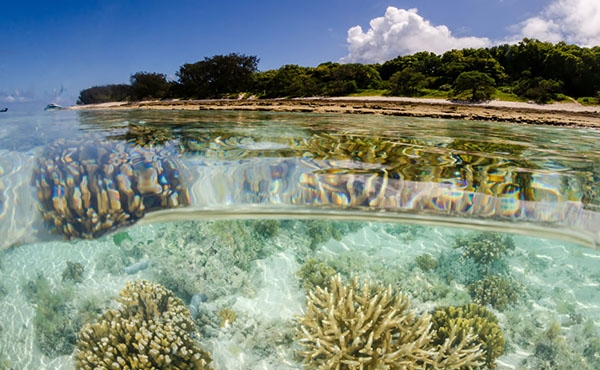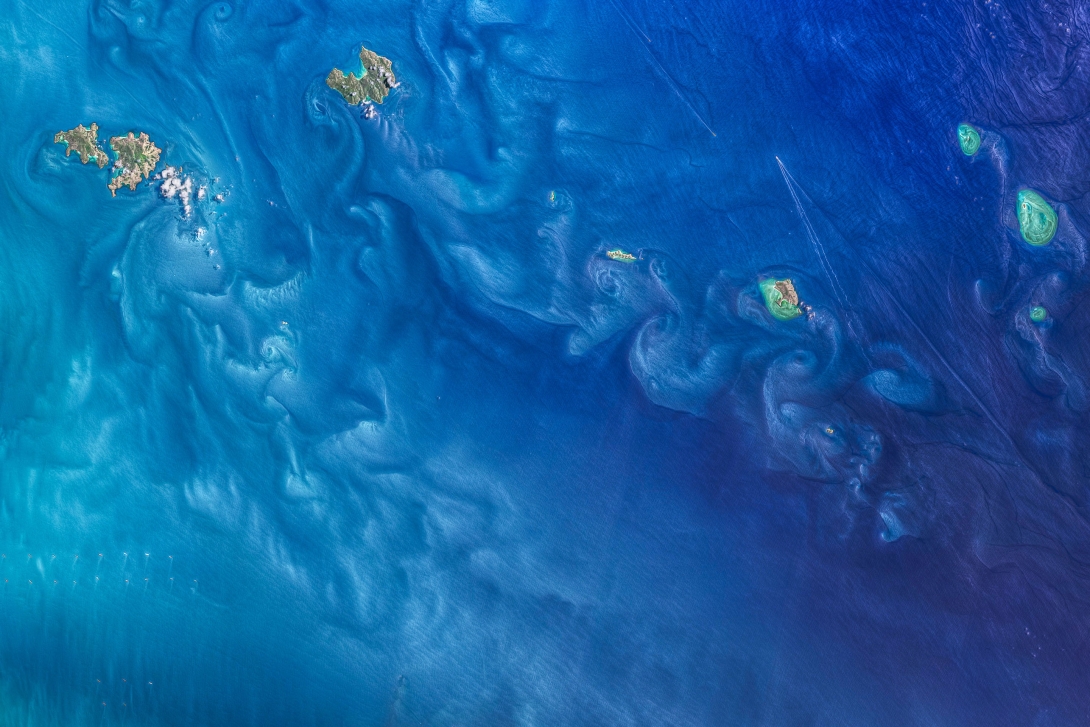246.
Huang, Z., Feng, M., Dalton, S.J. and Carroll, A.G. 2024, Marine heatwaves in the Great Barrier Reef and Coral Sea: their mechanisms and impacts on shallow and mesophotic coral ecosystems, Science of The Total Environment 908: 1-20.
525.
Schiller, A., Herzfeld, M., Brinkman, R., Rizwi, F. and Andrewartha, J. 2015, Cross-shelf exchanges between the Coral Sea and the Great Barrier Reef lagoon determined from a regional-scale numerical mode, Continental Shelf Research 109: 150-163.
526.
Burrage, D.M., Steinberg, C.R., Skirving, W.J. and Kleypast, J.A. 1996, Mesoscale circulation features of the Great Barrier Reef region inferred from NOAA satellite imagery, Remote Sensing of Environment 56(1): 21-41.
527.
Woanski, E., Kingsford, M., Lambrechts, J. and Marmorino, G. 2024, The physical oceanography of the Great Barrier Reef: a review, in Oceanographic processes of coral reefs: physical and biological links in the Great Barrier Reef, eds E. Wolanski and M.J. Kingsford, 2nd edn, CRC Press, Boca Raton, Florida, pp. 9-34.
528.
Devlin, M.J. and Brodie, J. 2005, Terrestrial discharge into the Great Barrier Reef Lagoon: nutrient behavior in coastal waters, Marine Pollution Bulletin 51(1-4): 9-22.
-
530.
Wolanski, E. and Lambrechts, J. 2020, The net water circulation in the far Northern Great Barrier Reef, Estuarine, Coastal and Shelf Science 235: 106569.
531.
Wolanski, E., Andutta, F., Deleersnijder, E., Li, Y. and Thomas, C.J. 2017, The Gulf of Carpentaria heated Torres Strait and the Northern Great Barrier Reef during the 2016 mass coral bleaching event, Estuarine, Coastal and Shelf Science 194: 172-181.
532.
DeCarlo, T.M. and Harrison, H.B. 2019, An enigmatic decoupling between heat stress and coral bleaching on the Great Barrier Reef, PeerJ 7: e7473.
533.
Suthers, I.M., Young, J.W., Baird, M.E., Roughan, M., Everett, J.D., et al. 2011, The strengthening East Australian Current, its eddies and biological effects — an introduction and overview, Deep Sea Research Part II: Topical Studies in Oceanography 58(5): 538-546.
534.
Ridgway, K.R. 2007, Long-term trend and decadal variability of the southward penetration of the East Australian Current, Geophysical Research Letters 34(13).
535.
Fabricius, K., Brown, A., Songcuan, A., Collier, C., Uthicke, S. and Robson, B. 2024, 2022 Scientific Consensus Statement: Summary | Evidence Statement for Question 2.2: What are the current and predicted impacts of climate change on GBR ecosystems (including spatial and temporal distribution of impacts)? in 2022 Scientific Consensus Statement on land-based impacts on Great Barrier Reef water quality and ecosystem condition, eds J. Waterhouse, M. Pineda and K. Sambrook, Commonwealth of Australia and Queensland Government.
536.
IPCC 2023, Climate Change 2023: Synthesis Report. Contribution of Working Groups I, II and III to the Sixth Assessment Report of the Intergovernmental Panel on Climate Change, eds H. Lee and J. Romero IPCC, Geneva, Switzerland: 184.
356.
Richardson, A., Eriksen, R., Moltmann, T., Hodgson-Johnston, I. and Wallis, J.R. 2020, State and Trends of Australia’s Ocean Report, Integrated Marine Observing System, Hobart.




